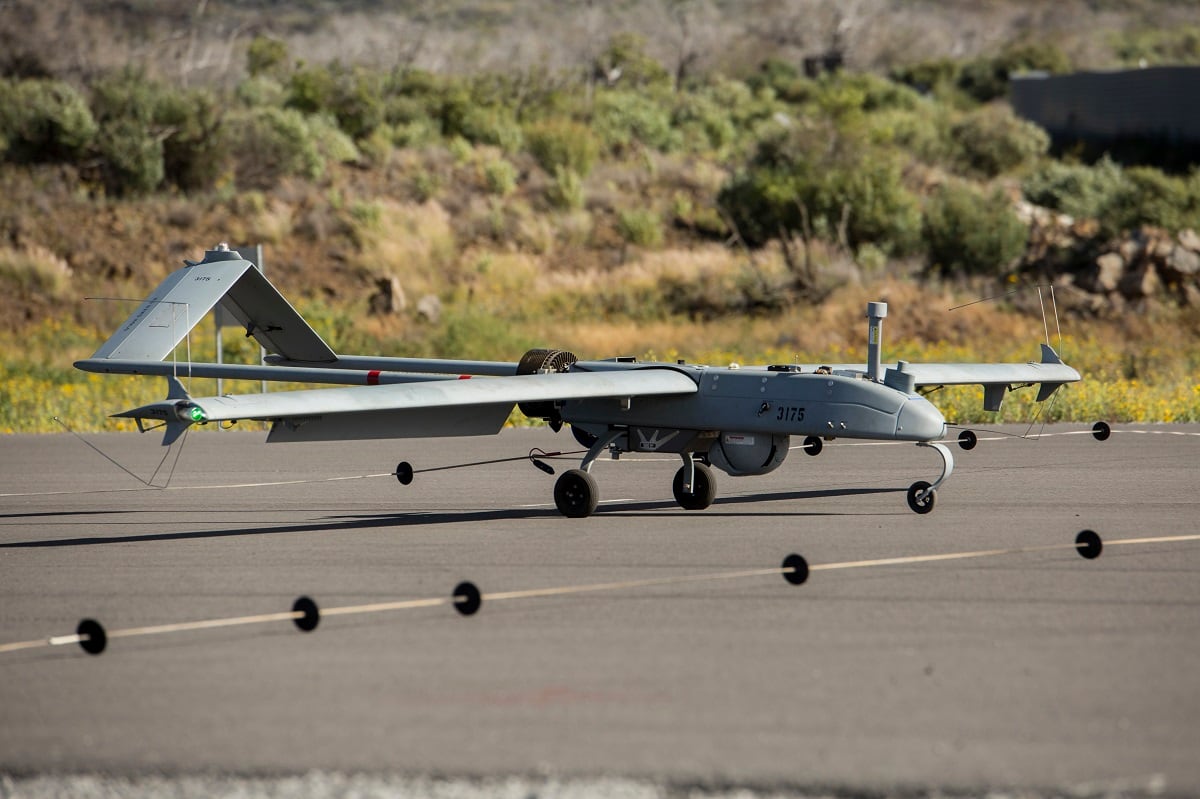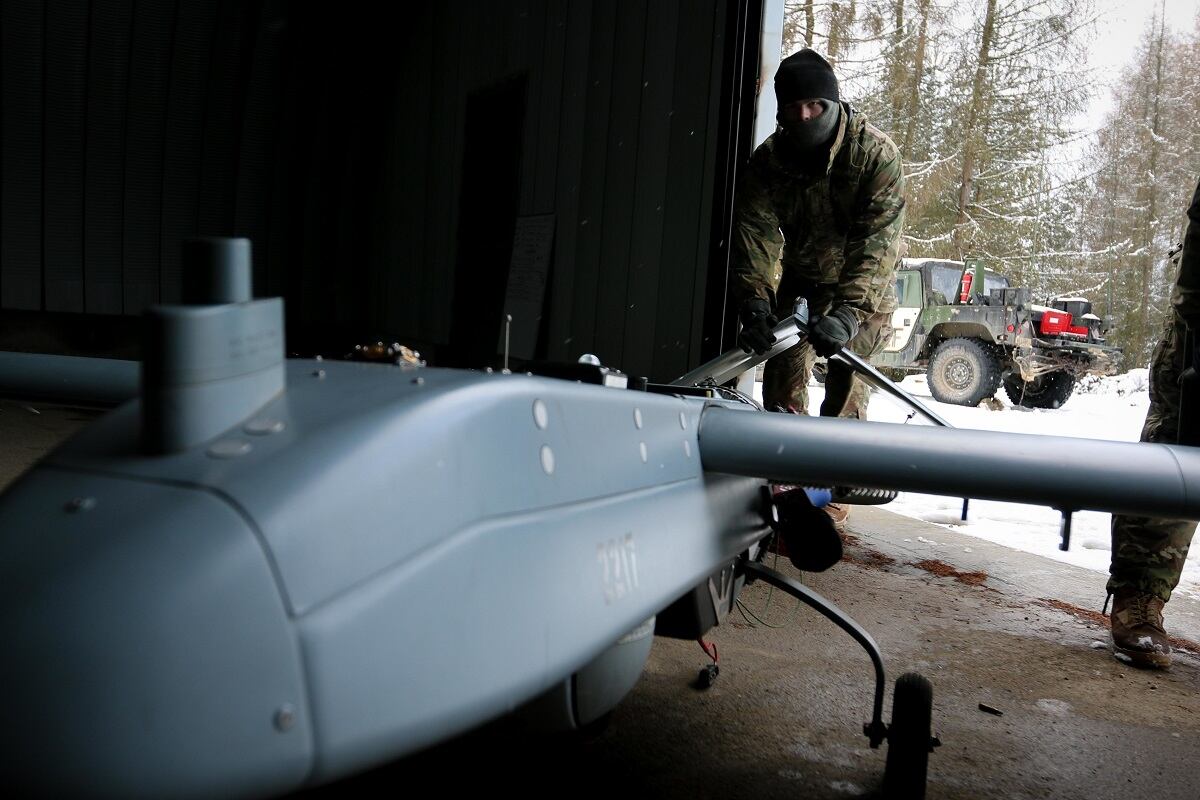WASHINGTON — In the crowded exhibit halls of the U.S. Army’s largest conference, a strange-looking drone — a small, flat, tailless, triangular aircraft with four flexible rotors — is suspended above a room full of giant wheeled vehicles and static helicopter displays.
That aircraft, Textron’s X5-55 demonstrator, hasn’t been built for a customer or a particular mission, but the company believes that some of the technologies it plans to mature on the X5-55 could be spun off for future U.S. military requirements like a replacement to Textron’s own RQ-7 Shadow.
The goal is not to come to the services with a family of new products it can adopt, said David Phillips, Textron’s senior vice president and general manager for unmanned systems. Instead, it plans to use the X5-55 as a test bed to mature new propulsion, rotor assembly and fuel cell technologies.
“We’re not going to say, ‘here’s your product,’ but we’ll listen to them and we’ll be ready,” he told Defense News in a Oct. 8 interview. “We know what our deployed customers want. Everything is about smaller, smaller, smaller, and doing more and [being] easier to operate and more agile and more flexible and quieter.”
RELATED

What sets the X5-55 apart from other drones is its vector thrust technology that allows it to take off vertically, hover, transition to normal flight and land vertically using the four electric rotors, whereas other drones that vertically take off but fly like an airplane — like the company’s Aerosonde hybrid quad unmanned aircraft system — use electric-powered rotors for vertical flight and a heavy fuel engine to power their propeller during horizontal flight.
“The logic allows the system, basically, literally to eliminate what we call flight control surfaces. So you won’t see ailerons. You won’t see flaps, you won’t see servos and those things that control the elevation, climb and descend in normal flight,” he said. “That’s all done with the vector thrust. We change how those electric motors and the props work in tandem to be able to climb or descend.”
Textron unveiled the X5-55 this May at the Association for Unmanned Vehicles International Xponential conference, but the version shown this week at the Association of the U.S. Army’s annual conference has already been modified with new propulsion pods and rotor assemblies that help enable vector thrust, as well as landing gear that protects the underside of the drone as it touches down.
The demonstrator flies every several weeks at Textron’s schoolhouse at Blackstone, Virginia. And over the next few months, the company plans to continue testing the drone’s ability to move from hover to standard flight, as well as eventually work up to endurance flights that prove how long the UAS can remain airborne.
RELATED

Although the Army does not have a formal requirement for a Shadow replacement, officials have expressed interest in fielding one soon.
Earlier this year, Brig. Gen. Wally Rugen, who runs the Army’s Future Vertical Lift program, called a Shadow replacement an area where there is “potential, anyway, for a quick win,” and said that it should take a few years — not a full decade — to be able to field a new, runway-independent drone for the service.
“We are talking much, much shorter, so when I’m talking ‘soon,’ I’m talking just several years, not distant future,” he said.
Valerie Insinna is Defense News' air warfare reporter. She previously worked the Navy/congressional beats for Defense Daily, which followed almost three years as a staff writer for National Defense Magazine. Prior to that, she worked as an editorial assistant for the Tokyo Shimbun’s Washington bureau.






